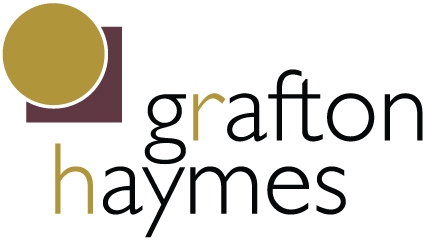The starting point for any leader who wishes to create a more inclusive workplace is themselves. They need to look inside and understand themselves and they need to be able to encompass a wide range of points of view and consider them without leaping to a judgement.
Whilst we might aspire to make decisions objectively, a raft of research shows us that our decisions are prone to bias. These biases, both conscious and unconscious, narrow our field of vision and interfere with our ability to make decisions based on fairness, merit and objectivity. But if we are mindful of how biases can influence our perceptions, judgements and behaviours, we have the opportunity to correct that influence, to populate a broader field of vision by being more curious about diverse points of view. So understanding our biases will help us be more inclusive of diverse people and diverse points of view.
The trick to opening our field of vision is to be aware of our individual biases, the most basic of which is the similarity-attraction bias, our bias to connect with people who look and feel like us. We will also benefit from awareness of the mental buckets we have created to help us quickly categorise information in our complex environments. When we think about other people, especially on meeting them for the first time, we quickly make assumptions by placing the person into one of these buckets. The buckets are filled with generalisations, stereotypes and prejudices which we have learned from the society in which we operate. So while we might believe that we treat everyone equally, similarity-attraction bias and stereotyping lead us to connect more closely and quickly with people in our ‘in’ group, and to have a less favourable view of, those in our ‘out’ groups
These are not the only biases we need to be aware of to understand ourselves better. We also need to be mindful of process biases, for example our biases to take into account only information that confirms our point of view (confirmation bias) and a bias to seek consensus which leads to groupthink. When we have an awareness of our biases and how they work, we can minimise their impact and open our field of vision.
So how do we do that? Here are a couple of ideas about how to increase self-knowledge about biases. Firstly, Harvard’s Implicit Association Test (IAT) https://implicit.harvard.edu/implicit/demo/ is one tool that I have used extensively. It helps leaders to identify their unconscious learned patterns of association, for example in relation to weight, age, race, gender and political beliefs.
A leader may be going to great lengths to say that they believe in fairness and equality, and indeed that may be true. The test is not about beliefs and values, it is about what assumptions a leader might make, preferences they may have or what stereotypical bucket they might activate. For example, the IAT can help identify whether a leader is more likely to think ‘women’ when they think about ‘family’ and ‘men’ when they think about ‘career’. If a leader is aware of this unconscious association then s/he can consciously check decisions for its influence. For example when making a decision about succession, the leader may ask herself, “did I just assume that a male would be more ambitious than a female employee because she has two children?”
Secondly, in relation to similarity-attraction bias, a leader may identify and analyse patterns of behaviour in his/her decisions about recruits or promotions, or even the people s/he knows most or least about. Being mindful of that subtle bias of exclusion will help a leader see their blind spots and extend their inclusion net. So in summary, mindfulness is about making a conscious effort to stop processing information ‘on autopilot’, relying upon ‘gut feel’ as determinative and reverting to our comfortable relationships. When we are more mindful, we consciously select relevant criteria for our choices and test them for bias.
